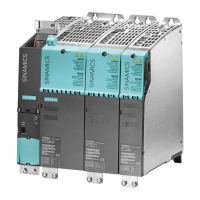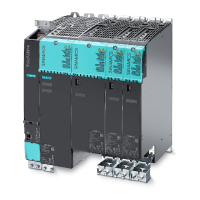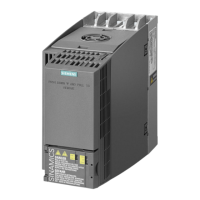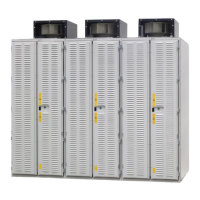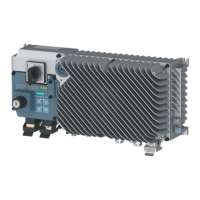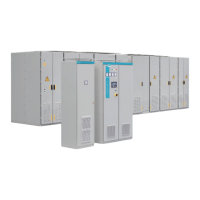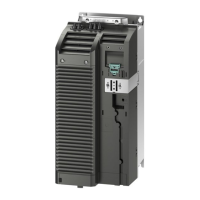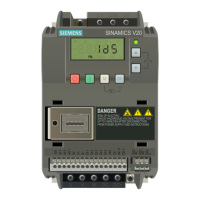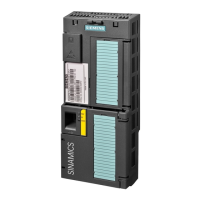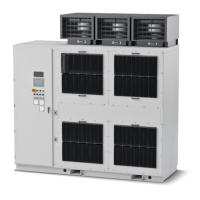Operation
6.7 Control via the operator panel
Drive converter cabinet units
Operating Instructions, 07/07, A5E00288214A
223
6.7.4 Menu: Fault/alarm memory
When you select the menu, a screen appears containing an overview of faults and alarms
that are present.
For each drive object, the system indicates whether any faults or alarms are present. ("Fault"
or "Alarm" appears next to the relevant drive object).
In the graphic below, you can see that at least one active fault/alarm is present for the
"VECTOR" drive object. No faults/alarms are indicated for the other drive objects.
) ) ) ) )
$B,1)
&8B6
9(&725
70
)DXOW $ODUP
$ODUPRYHUYLHZ
([WUDV 'LDJ
Fault/alarm memory
When you navigate to the line with active
alarms/faults and then press the F5 <Diag>
key, the system displays a screen in which
you have to select the current or old
alarms/faults.
) ) ) ) )
&XUUHQWIDXOWV
&XUUHQWDODUPV
2OGIDXOWV
2OGDODUPV
^9(&725`'LVSOD\GLDJQRVWLFV
%DFN 2.
Diagnosis display
When you navigate to the required line and
then press the F5 <OK> key, the
corresponding faults/alarms are displayed.
The list of current faults is selected here as
an example.
) ) ) ) )
) ([WHUQDOIDXOW
^9(&725`)DXOWV
%DFN $FN+HOS
Current fault display
A maximum of eight current faults are
displayed along with their fault number and
name of the fault.
To display additional help regarding the
cause of the problem and how to solve it,
choose F1 <Help>.
To acknowledge the faults, choose F5
<Ack.>. If a fault cannot be acknowledged,
the fault remains.
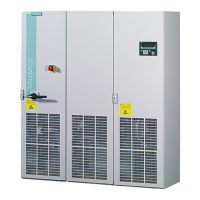
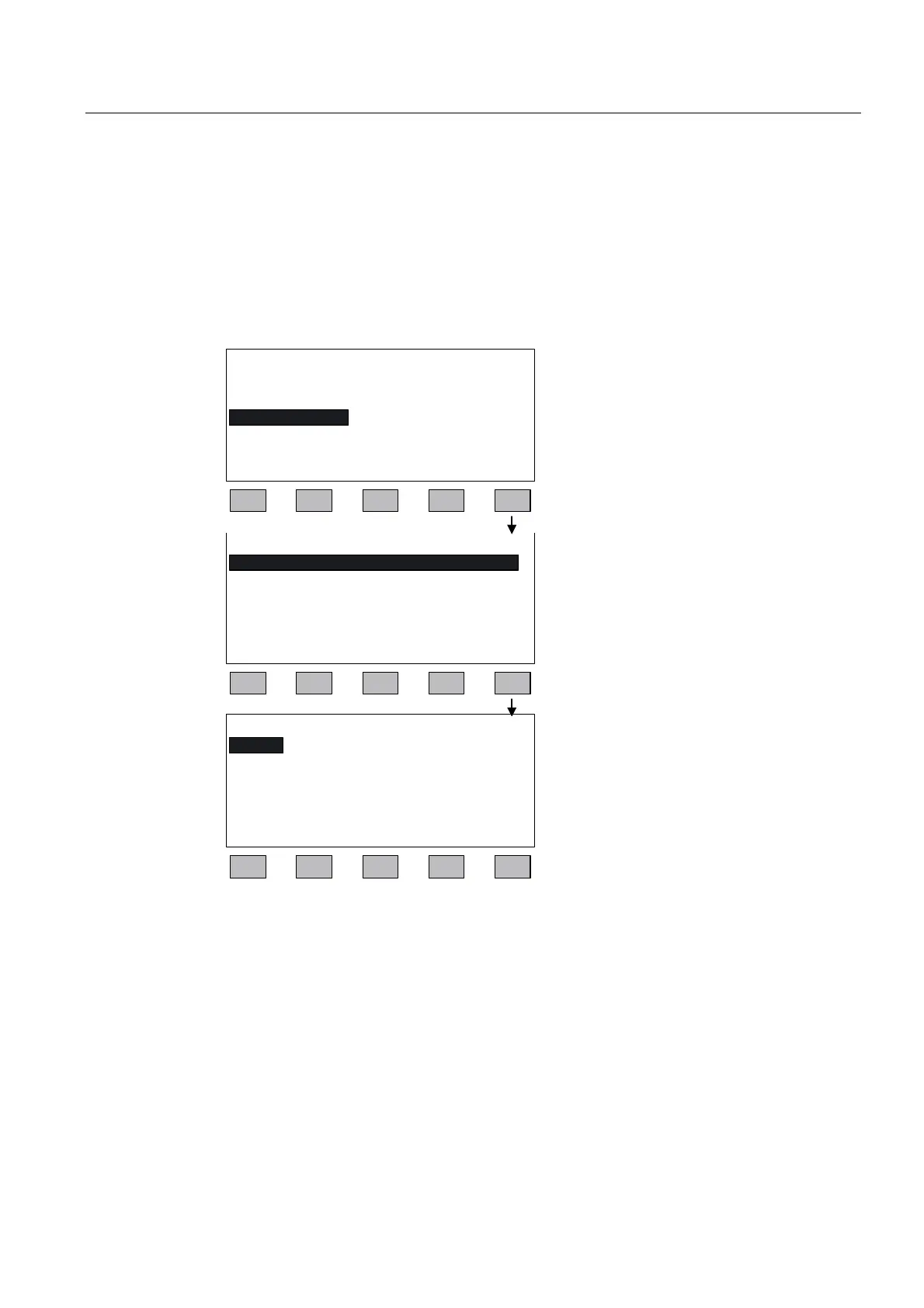